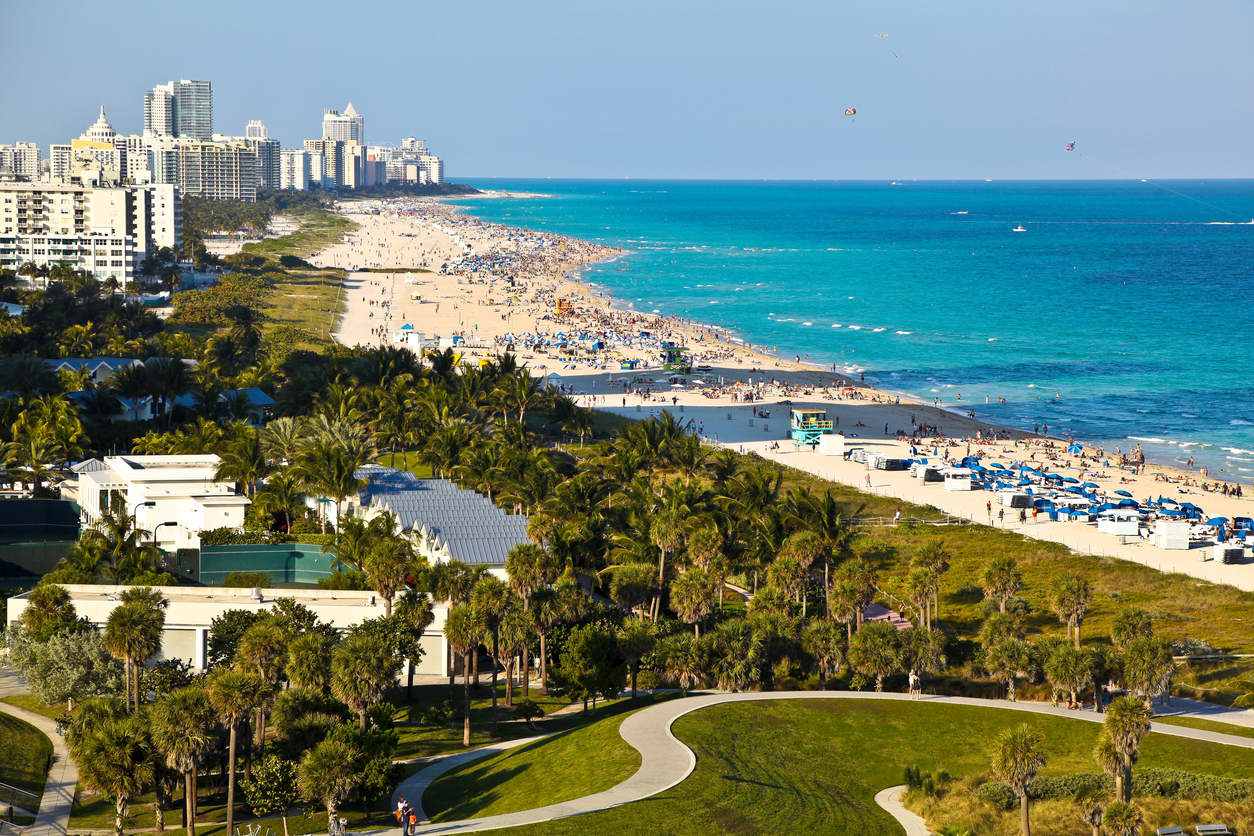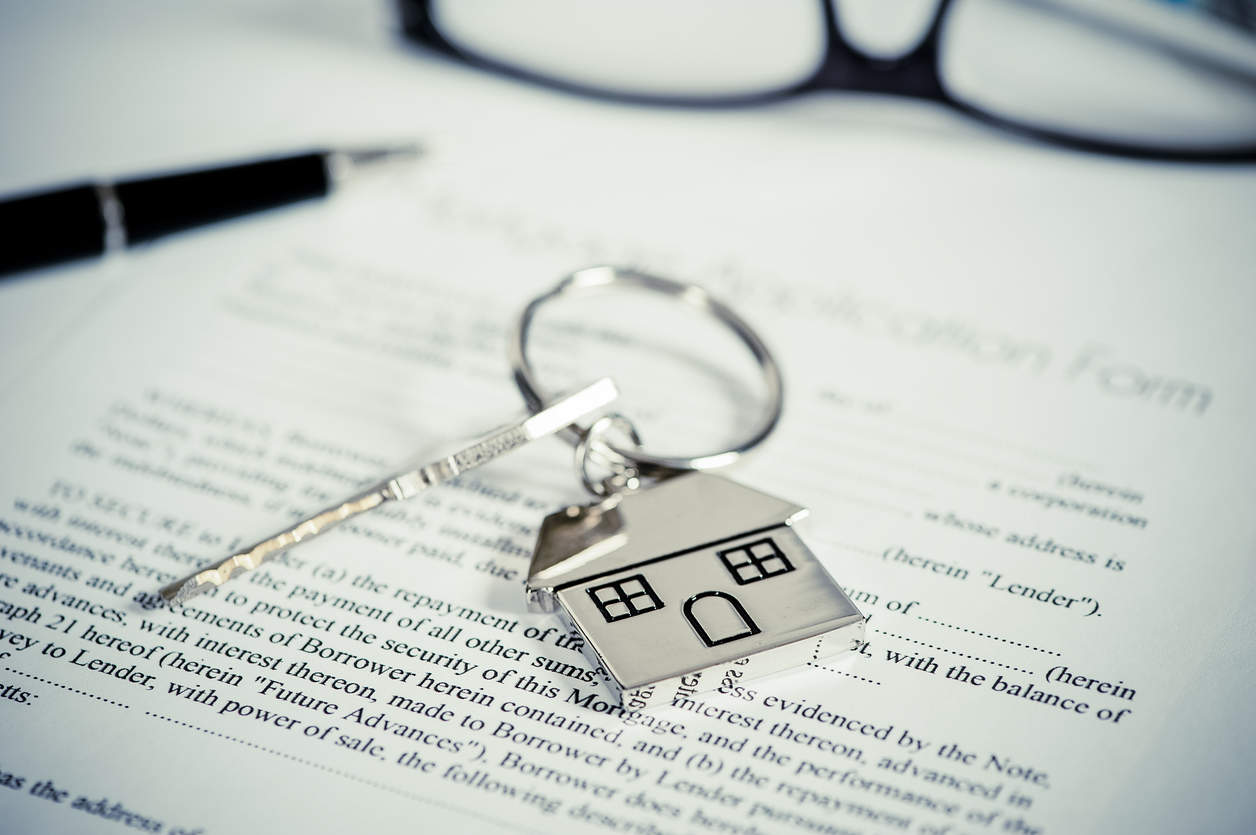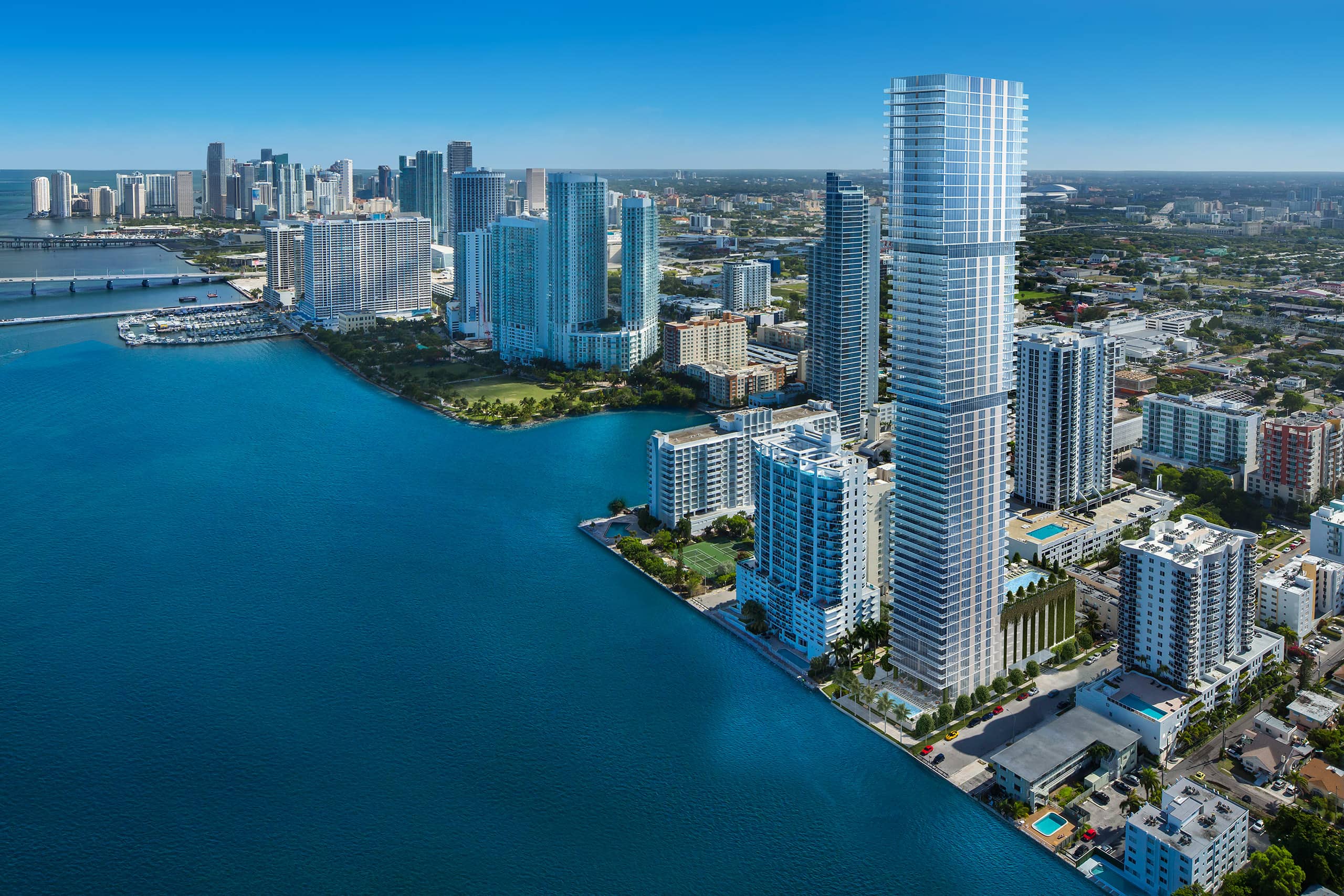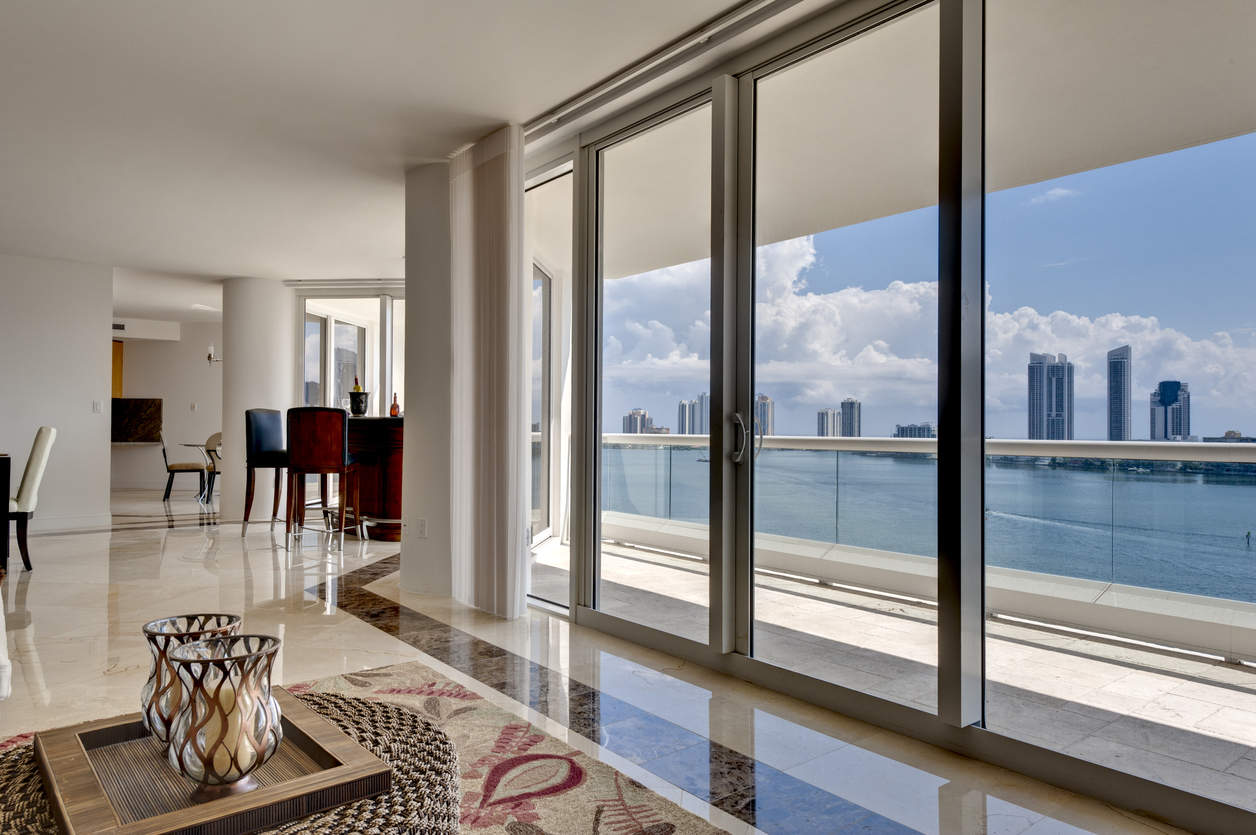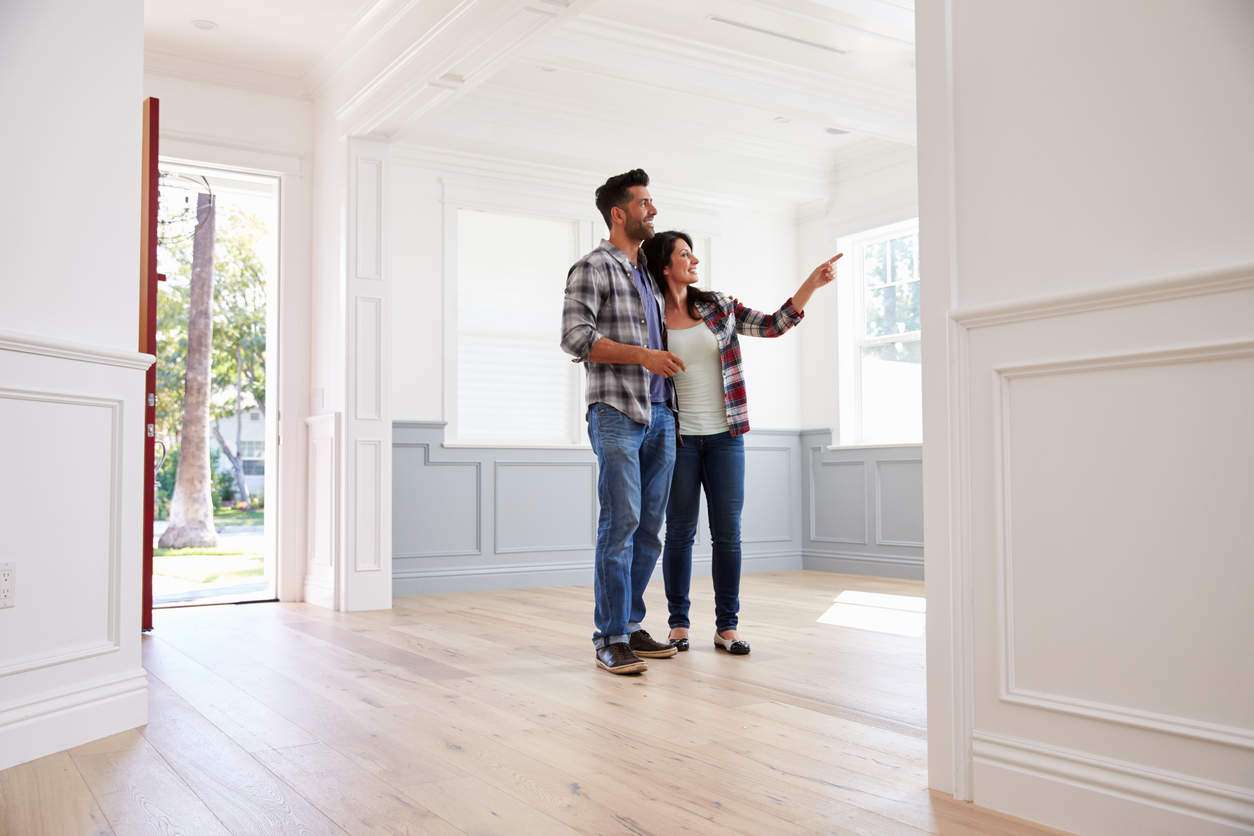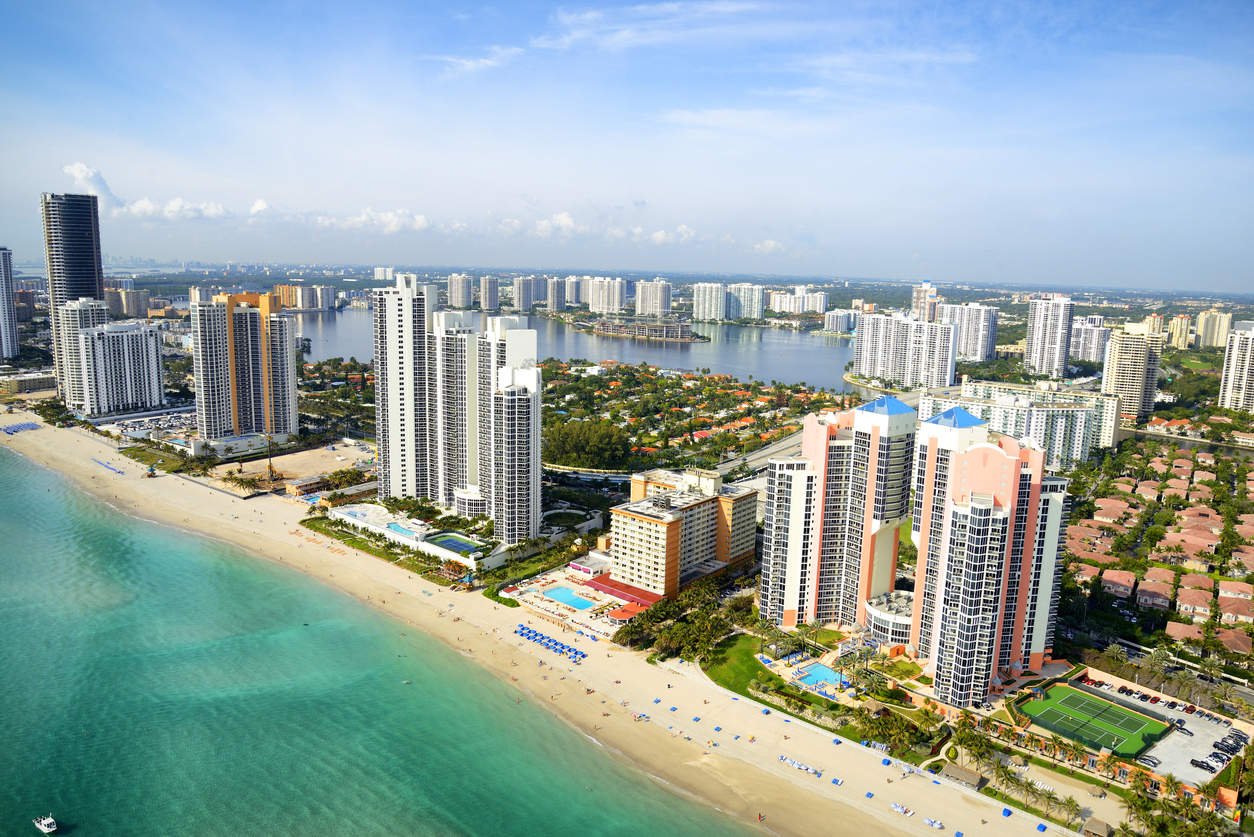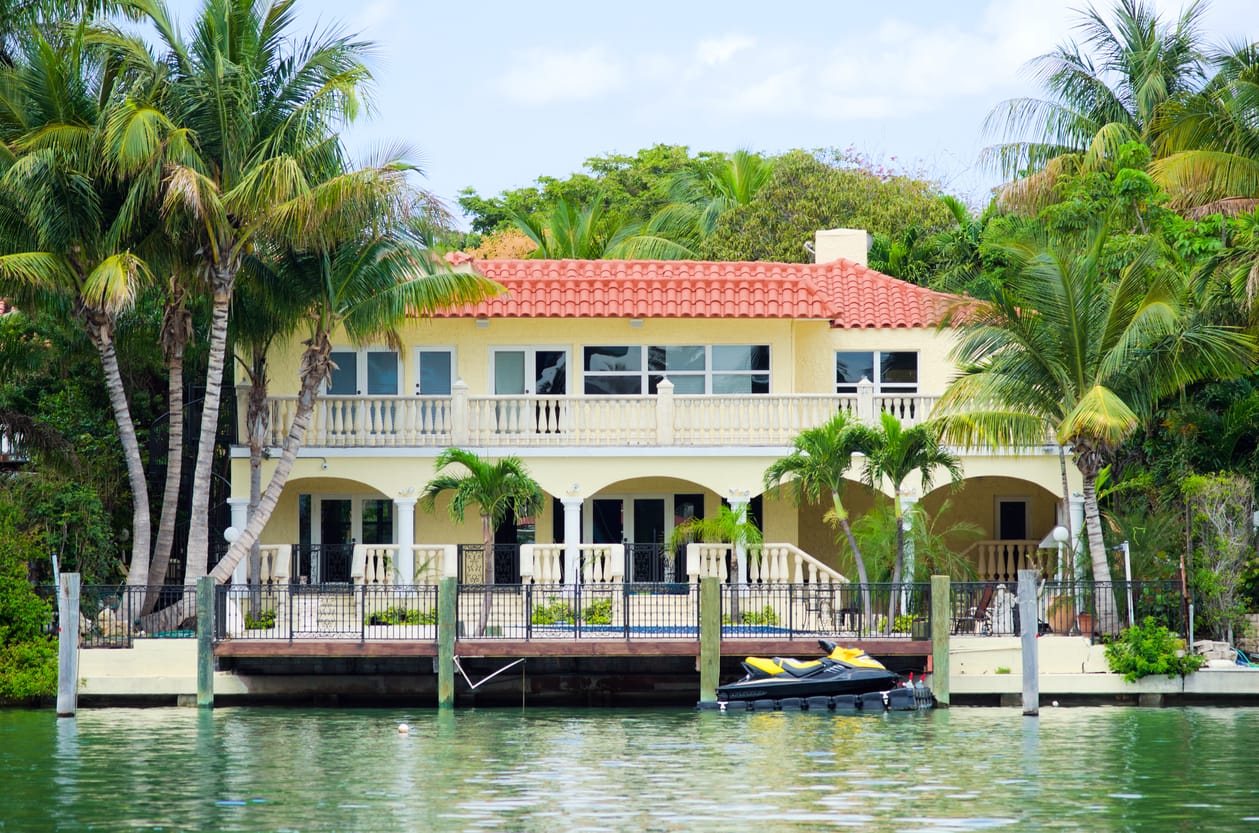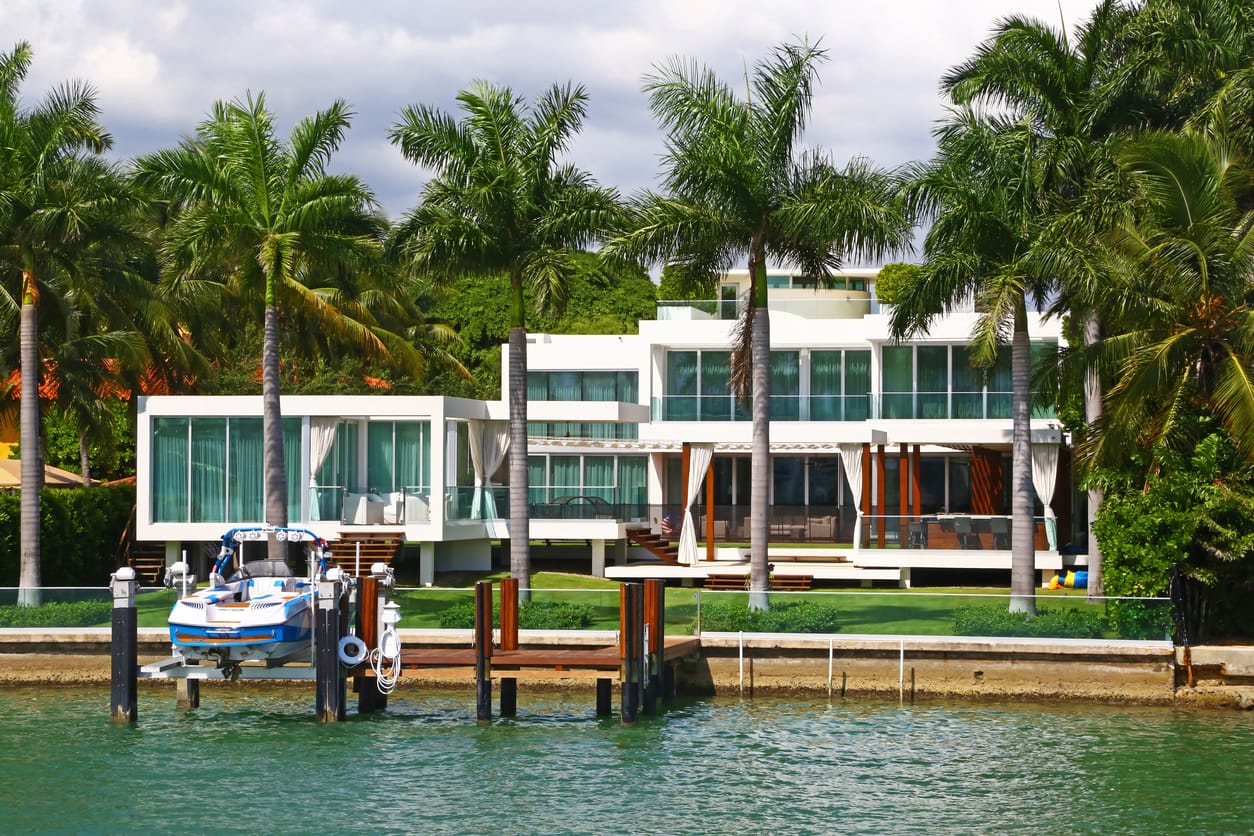Property taxes may be high in Miami, but they’re not New York high.
An analysis by Attom Data Solutions found the average owner of a single-family home in Miami-Dade paid $4,129 last year. That’s higher than most large counties across the country, but still trailing 100 of the priciest large counties for tax bills.
There’s Marin County in California, across the bay from San Francisco, with an average tax bill topping $10,500. That’s not even a Top Five bill, though. The highest rankings go to the New York suburbs. Number One on the list, New York’s Westchester County, sent out an average tax bill of more than $16,000 for single-family homes last year.
High tax bills in South Florida
The average tax bill in South Florida is steep. In terms of taxes paid, Miami-Dade and Broward both land in the top 25 percent among the country’s 586 largest counties. Those counties each have a population of at least 100,000 and have at least 10,000 single-family homes.
The rankings compare only property taxes charged to single-family homes, offering a broad look at a a top household expense across nearly 600 of the country’s largest counties.
“Nobody likes to pay property taxes,” said Daren Blomquist, a senior vice president at Attom, an Irvine, California, firm that tracks public record real estate data and operates RealtyTrac.com. “Property taxes are a major but largely hidden cost of home ownership that may not be clear to buyers until they actually own a home and start receiving the tax bill.”
South Florida tax rates are about average
Miami-Dade and Broward counties’ tax rates straddle the middle of the pack. Miami-Dade has a lower effective tax rate than 54 percent of the country’s largest counties. Broward charges a bit more for property taxes with an effective rate that’s lower than just 42 percent of the country’s largest counties. This data looks at the country’s 586 largest counties, defined as having a population of at least 100,000 and having at least 10,000 single-family homes.
Miami-Dade’s average tax bill of $4,129 is higher than those in 75 percent of the country’s 586 largest counties. That’s largely thanks to Miami-Dade’s pricey real estate market, where the average single-family home is worth more than its counterpart in 88 percent of the other large counties.
In terms of the actual tax rate, Miami-Dade comes in lower than more than half of the large counties. The average single-family owner pays an “effective” tax rate of 1.01 percent.
Home values super high in South Florida
South Florida’s single-family home values are some of the highest among the country’s largest counties. Miami-Dade County’s home values are higher than 88 percent of the country’s 586 largest counties, defined as having a population of at least 100,000 and having at least 10,000 single-family homes. Broward’s values are higher than 85 percent of counties.
Miami-Dade property owners actually pay property-tax rates of between 1.6 percent and 2.6 percent, depending on the city.
Attom calculated its “effective” tax rate by limiting the data to single-family homes across the country. That excludes condominiums, which make up a significant chunk of Miami-Dade’s housing stock. Census data from 2015 show just 51 percent of Miami-Dade’s homes are detached single-family residences.
“It’s good news for taxpayers to see that kind of a tax rate,” Blomquist said. “That may be a small consolation. It’s still more than $4,000 a year.”
In Broward, the 1.19 percent effective tax rate is higher than Miami-Dade’s. The average tax bill is a bit steeper too, at $4,295. That gives the average single-family-home owner in Broward a higher tax bill than 78 percent of the country’s largest counties.

